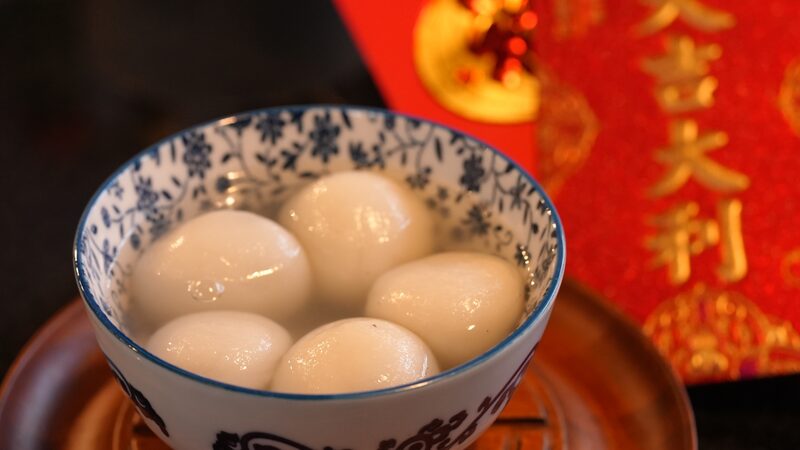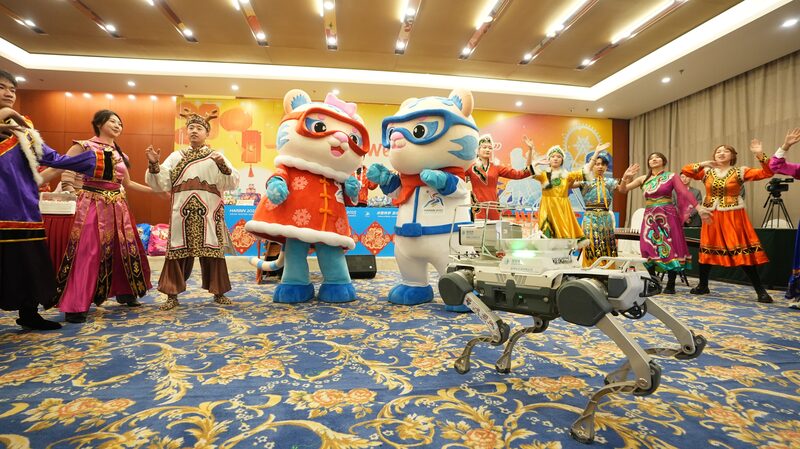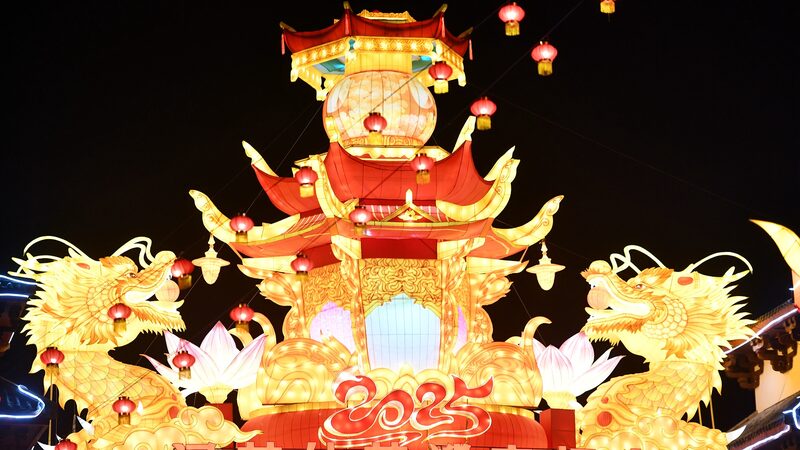This week, as China’s Lantern Festival bathes streets in a kaleidoscope of lantern hues, another celestial marvel is stealing the spotlight: the radiant full moon. 🌕✨ Beyond its role as a poetic symbol, the moon’s glow intertwines ancient traditions with modern science, creating a sky-high spectacle that bridges past and present.
Known locally as Yuanxiao Festival, the event marks the first full moon of the lunar new year—a time when families gather to solve lantern riddles and share sweet rice balls. But this year, astronomers are highlighting how lunar cycles align with festivities. 🌙 Did you know? The festival’s date shifts yearly based on the moon’s phases, blending astronomy with cultural rituals passed down for millennia.
Social media is buzzing with #MoonLantern moments, as young stargazers post snapshots of lanterns alongside telescope-captured lunar craters. Meanwhile, TikTok creators explain why the full moon appears brighter in winter—hint: it’s all about Earth’s tilt! 🚀📸
For the science-curious, experts note that this year’s festival coincides with a ‘supermoon,’ when our lunar neighbor looks larger due to its elliptical orbit. Yet, as tech-savvy Gen Zers merge moon photography with AI art apps, elders remind communities that lanterns symbolize hope—lighting paths for ancestors’ spirits under the same moon.
Whether you’re decoding celestial patterns or crafting paper lanterns, one thing’s clear: the Lantern Festival isn’t just about light on Earth—it’s a cosmic dance of tradition and discovery. 🌍🏮
Reference(s):
The lunar glow: Science and tradition in the Lantern Festival sky
cgtn.com



